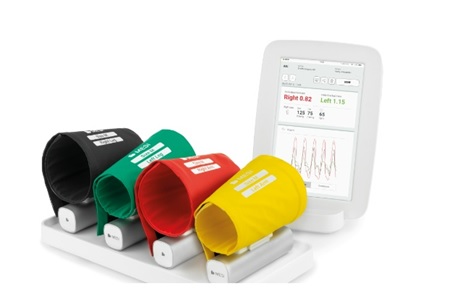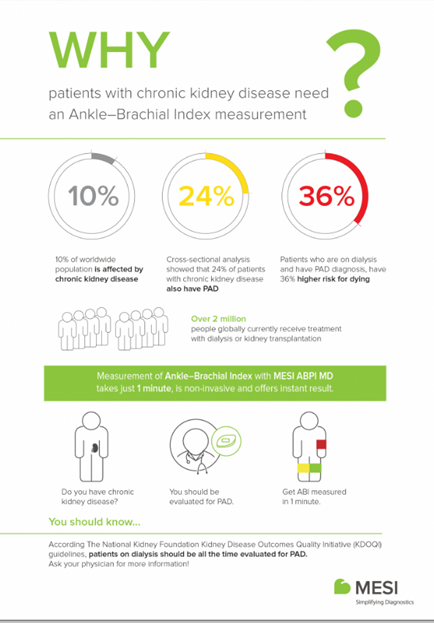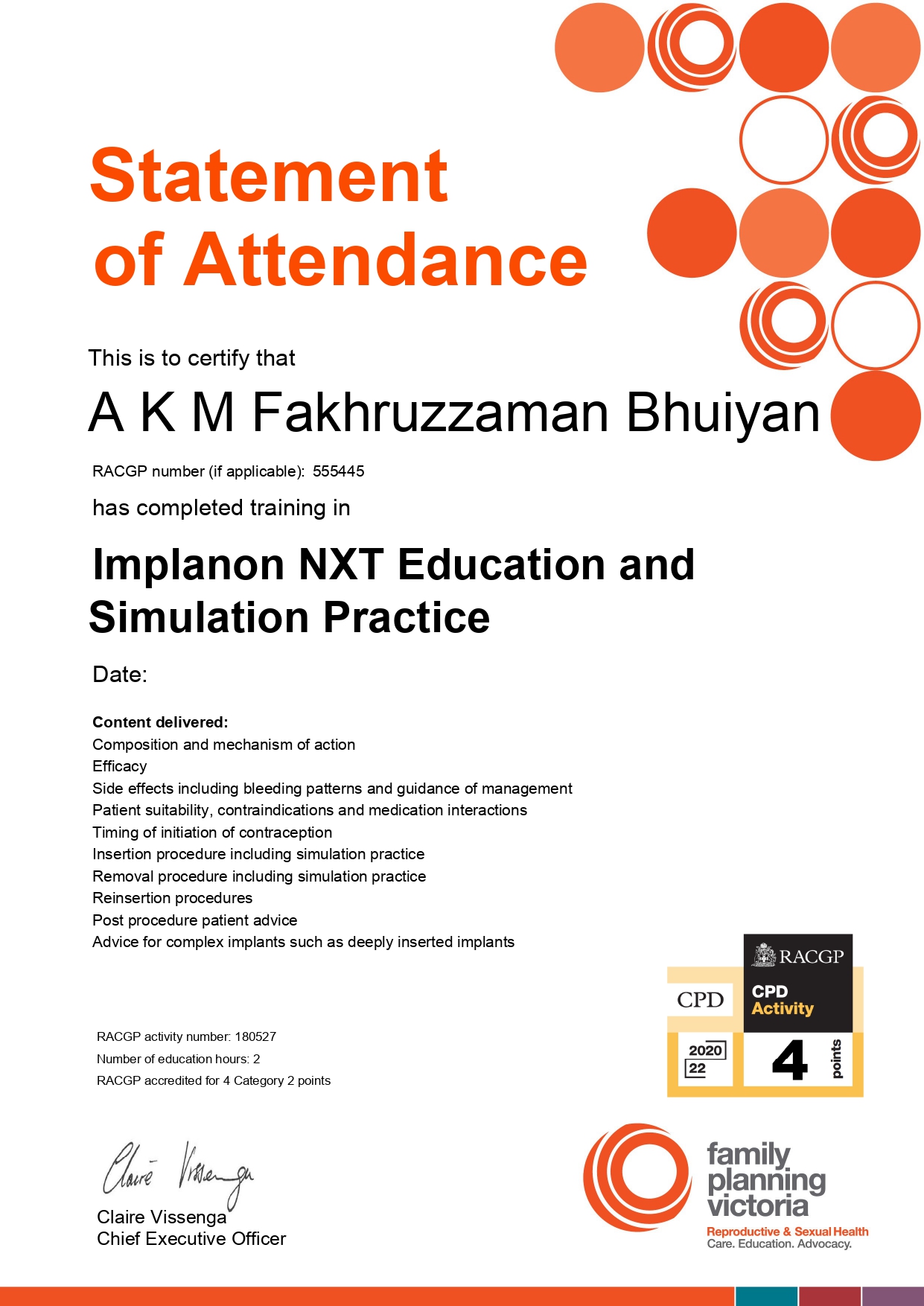ABI (Ankle Brachial Index)
The Pakenham Medical Clinic provides ankle-brachial index (ABI) examinations for patients.
The Pakenham Medical Clinic does ankle-brachial index (ABI) examinations.
ABI tests can quickly tell whether you have peripheral vascular disease. The reason being your arteries are too narrow, blood supply to the limbs is interrupted, causing the condition. When you walk, PAD can hurt and affect your legs, as well as also increase your risk of a heart attack or stroke.
During the ankle-brachial test, the blood pressure present at the ankle is compared to the pressure at your arm. An ankle-brachial index that is low indicates your leg arteries are either narrowing or becoming clogged.

Why should you take an ABI test?
The aim of the ABI test is used to determine whether you have PAD or peripheral artery disease, a condition in which the arteries become narrow and the blood flow becomes restricted, mainly in your legs.
If you suffer from pain in your feet when you walk or have any complication factors for PAD, the doctor could recommend an ABI test.
• Smoking history
• Diabetes
• High BP
• High cholesterol levels
• Smoking history

What to Watch Out For
The ABI test takes no more than about 3 minutes to complete. The blood pressure cuff will be placed on each of your arms and legs during the test, and asked to lay still. You may experience pain when the blood pressure cuffs on your arm and ankle become larger. However, this discomfort is just transient and should subside after the cuff is deflated.
If you have a lot of pain in your legs, your doctor may want to take a fresh look, especially the arteries.

How to prepare?
In most cases, you won’t be required to anything unusual to prepare for your ABI test. You should dress loosely and comfortably such that your Practice Nurse performing the ABI test may easily place the cuff on top of your ankle as well as upper arm.
Results
Your arm and ankle blood pressure readings are used by your doctor to figure out your ABI.
Based on the number your ABI test gives you could have
1. Zero blockage (From 1.0 to 1.4). If your ABI is between these numbers, it probably means there’s no PAD. In case you have symptoms of PAD condition, your doctor may do the exercise ABI test.
2. Borderline blockage (From 0.91 to 0.99). In case your ABI number is in this range, it means you might have PAD. The doctor might suggest that you do an ABI test while you exercise.
3. Disease of the peripheral arteries (Lower than 0.90). A number in this range for the ankle-brachial index is considered abnormal and is a sign of PAD. Your doctor may suggest more tests, like an ultrasound or an angiography, to look at the arteries in your legs.
Table: Interpretation of Ankle-Brachial Index (ABI)
| Ankle-Brachial Index (ABI) | Interpretation |
| 1.0-1.4 | Normal |
| 0.91-0.99 | Borderline range |
| 0.70-0.90 | Mildly abnormal |
| 0.40-0.69 | Moderately abnormal |
| <0.40 | Severely abnormal |
| >1.4 | Incompressible vessels |
Depending on how bad the blockage is, your doctor may tell you to:
• Changes in daily life
• Medication
• PAD is treated with surgery
If you want an ABI, call our Reception Team 03-59416455 or talk to your Practice Nurse or General Practitioner directly.



